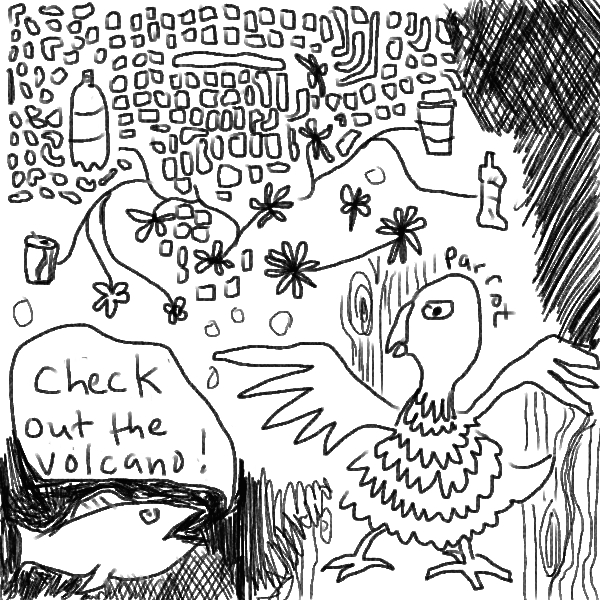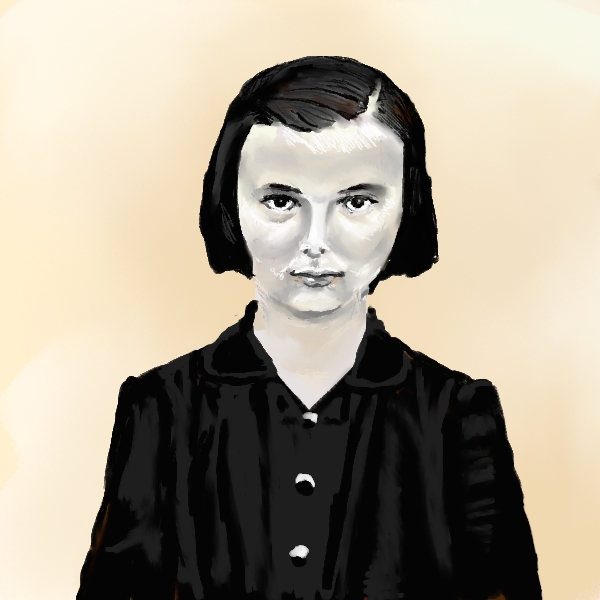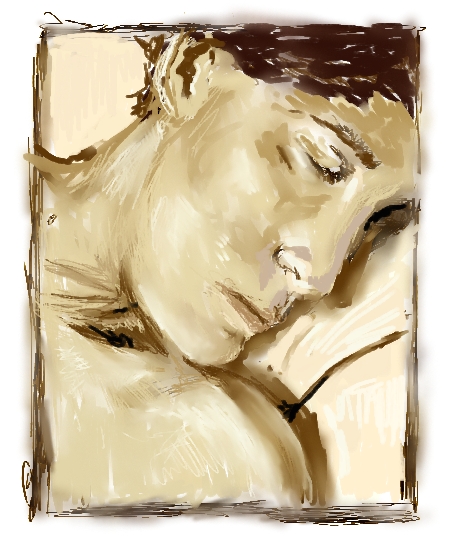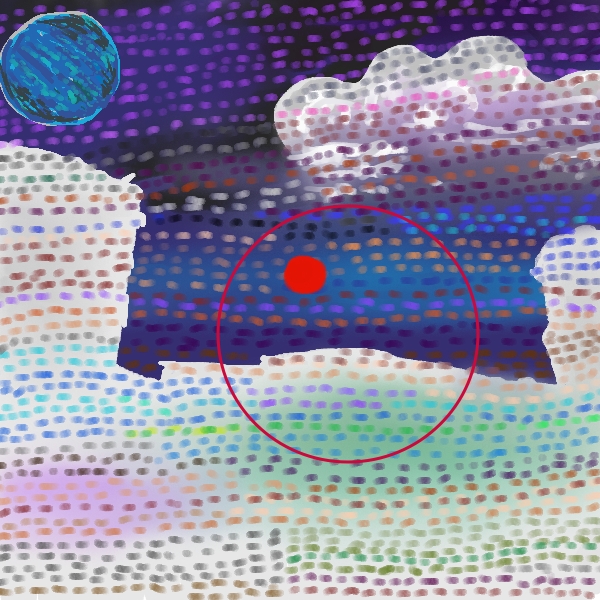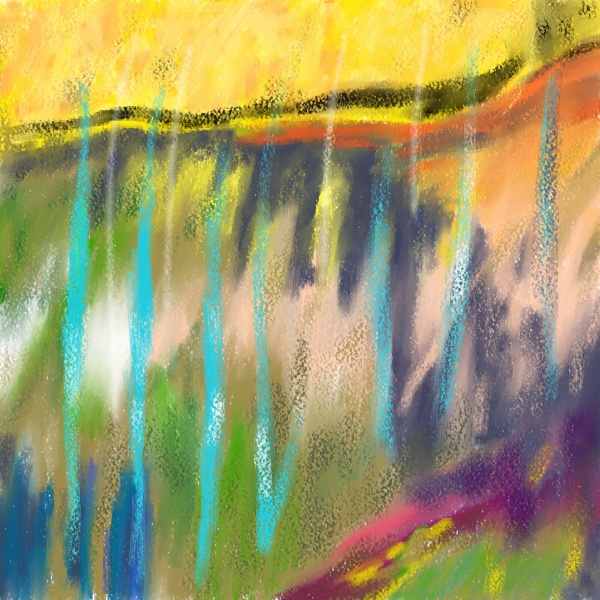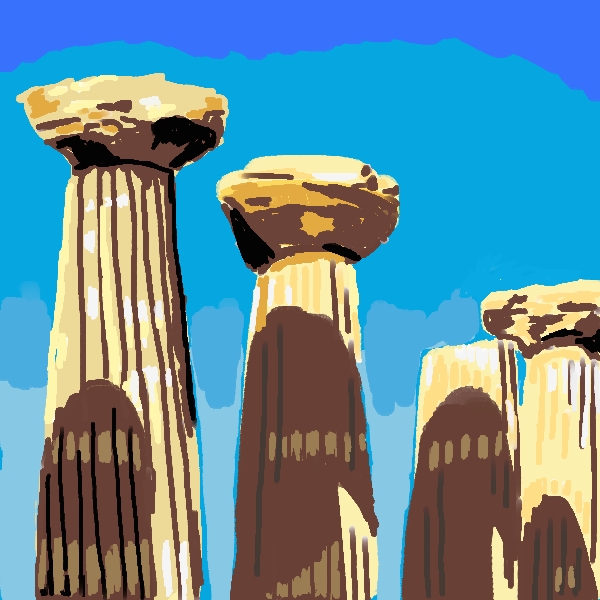up next
Day two hundred and forty-nine: Not much time today for an in depth study. The subject matter in this silly scribble was triggered by an exhibition that’s being installed at work. Called “Here and Now,” it is a show of prints, drawings, and photographs by contemporary Philadelphia artists. It is going to be fantastic with many fascinating and awesome works of art. Much more stunning, with many more compelling things to see than in this doodle!
Tagged cartoon